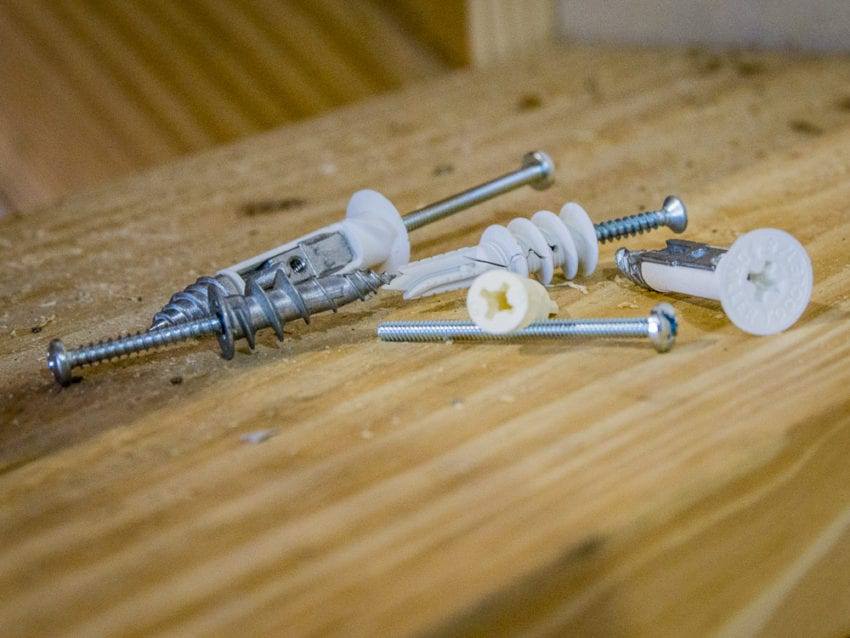
An anchor is a type of fastener that can be used to connect two objects when screws, nails, glue, or other simple fasteners are either impracticable or inefficient. Anchors are commonly used on extremely hard surfaces such as concrete and hollow surfaces such as doors, walls, and ceilings particularly when there is no handy wood stud or beam underneath the surface.
There are numerous anchor styles, each with its own set of advantages and disadvantages… literally! Get more info on anchors on many websites. An anchor that works well in drywall may not work as well in concrete. Alternatively, vice versa! The most serious issue with anchors is that almost all of them “feel” strong when they are first set. An anchor that is unsuited to the wall material, on the other hand, may loosen over time, inflicting harm to the wall, your hanging, and anything was beneath it!
No structure can be held together safely without the proper wall anchor. Choosing the suitable fastener necessitates a thorough examination of the entire structure to determine the proper anchoring requirements. This covers information such as raw material utilisation, weight, and other critical facts. Wall anchors are utilised for a wide range of operations, including building and home modifications.
Consider the project load and load circumstances while selecting the proper wall anchor type for the work. Keep in mind the overall item(s) weight as well as the forces that will be exerted. Will your structure, for example, be able to support objects after it’s in place? Consider the additional weight that must be accommodated for the construction, as well as the recurring forces that are exerted on the fixture when it is in use. Despite the fact that each anchor type has its own weight capacity, fasteners are often classified as heavy-duty, medium-duty, or light-duty.
Make sure to think about the maximum permissible load as well as the load capability. This figure is derived by applying a safety factor to the average ultimate shear and tension loads received from laboratory testing. The number should be printed on the packing of your anchor.
You must anchor your screws into a plaster wall if you are not screwing straight into a stud behind your wall material. Unanchored screws will pull out of the plaster, causing your wall to be damaged and any suspended decor to fall. The following are the best methods for anchoring goods to plaster walls:
- Avoid goods marketed as drywall or self-tapping anchors.
- Masonry anchors, also known as “expansion anchors,” should be used.
- Pick a plastic anchor made exclusively for plaster.
- Instead of plastic anchors, use toggle bolts.
- Another heavy-duty choice for fastening items to your plaster wall is molly bolts.
- Alternative plaster hanging techniques, such as plaster hooks and glue, should be considered.
- You may prevent guesswork and disaster by eliminating drywall-specific supplies and opting for anchors that you know will operate firmly with plaster. You won’t have any problems hanging décor and picture frames on plaster walls if you use the appropriate anchors.
